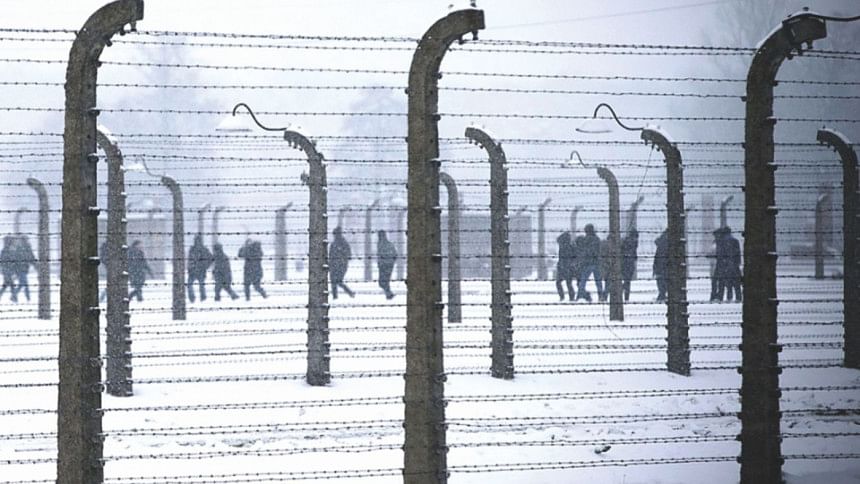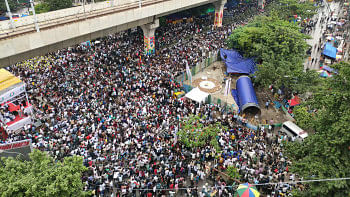Auschwitz, horrors of war and present day

The bright, sunny day and blue sky seemed a little out of place as we strolled around in the infamous concentration camp in the Polish town of Oswiecim. Auschwitz was the largest of the German Nazi concentration camps and extermination centres where more than 1.1 million lives were taken. A gloomy winter day with a grey horizon would have been the perfect default setting for such a place. Its proximity to Krakow allowed us to visit the memorial and museum to pay homage to the victims.
Growing up hearing of the horrors of torture, I was wondering if I could digest the gory reality of the place. As we walked past and through the buildings, and saw what was left of the infamous camp, we sank into deep melancholy.
Nazi concentration camps were known for the gas chambers and torture on Jewish people. At the site I got to know that the camps were initially built for political prisoners, homosexuals and gypsies. Previously, I got some idea about the systemic targeting of victims during my visit to the Topography of Terror in Berlin. Records of the newly arrived men and women were handled discreetly, and lies were told about disinfecting their bodies, as if for sacrifice. They were asked to take an innocent shower that would eventually kill them. Pictures show how people were judged upon arrival—good health meant they could be used as workers in the camp (irrigation or ponds), and those who didn't have that were doomed to die.
Auschwitz has an extension—Birkenau—which has a railway track and a platform where the victims were received. All this is very painful to see. No wonder there was a media uproar when a tourist took a selfie at this place in 2014.
The museum and its exhibits provide proof of unimaginable suffering. The original buildings have been conserved duly and are open to all. Inside, you can see the living quarters, washrooms and toilets of the inmates as well as the office room of the supervising officer. The corridors are lined with the photographs of registered prisoners, men and women with their heads shaved, and you can see anxiety and fear clearly painted on their faces.
It hurt when I stepped into a room full of hair inside a glass enclosure. I felt how dignity was snatched from those simple people. Gold teeth and artificial limbs were taken off dead prisoners. Shoes and spectacles are piled up in remembrance of the lost souls. There are certain quarters prepared just for the children; walking along the wooden bunkers was really heart-breaking.
If the prisoners were not killed immediately after their arrival, there were other horrible means of inflicting torture on them. Disobedience meant that one could be executed (through shooting), hung backwards with their hands tied, starved, or confined in the "dark" or "standing" cells. The doors to those cells were barely enough for the entry of a small animal. When a prisoner did enter the phone-booth-sized cubicle, he/she was not standing alone in punishment—four people had to stand all night before another hard day's work.
Sometimes I feel that certain places have tortured souls floating around there. I look around in silence as if to grasp their presence. Then again, torture has not left us. Think of the schools and abandoned buildings turned to torture cells during our liberation war in 1971.
Currently, the Rohingya Muslims in Myanmar's Rakhine State face marginalisation and eradication. Bangladesh is bearing the burden of hundreds of thousands of Rohingyas who have fled persecution in their homeland. In this day and age, children are still subjected to deplorable treatment and torture by adults who are supposed to protect them. War, too, has not left us.
Auschwitz concentration camp is accessible to all. The idea is to let people know and be aware of the horrors of war and discrimination. Memorials exist for us to place homage to history, which tells us that tortures, conflicts and wars need to be erased from the face of the earth.
Despite the existence of the UN Convention against torture, protection of human rights remains a vague concept. Cruelty, perhaps, is too deeply ingrained in the human DNA. Before we know it, Saydnaya may be the next Auschwitz, so we really need to be ready to do anything to prevent that possibility.





Comments